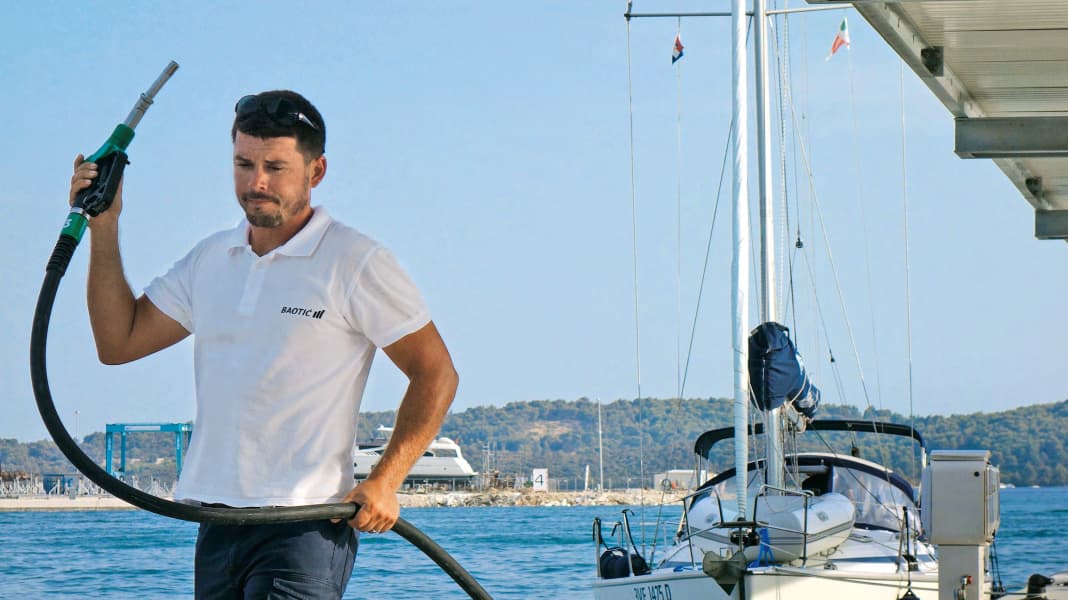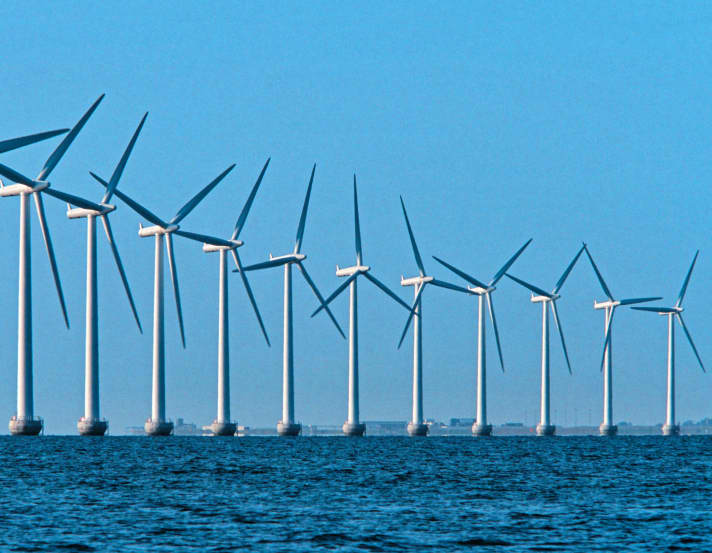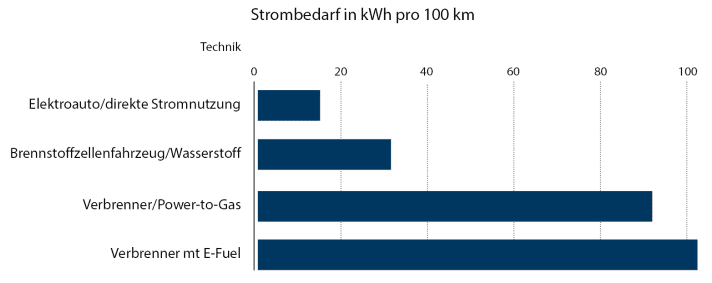
Electric drives are finding their way into yachts on a massive scale. Batteries and technology are improving, and recuperation while sailing is working increasingly well. Four to six hours of purely electric sailing is still an expensive but entirely possible scenario. If you want to motor for longer, you need enormous battery capacity.
This in turn requires space on board, is expensive and ultimately also heavy. There are therefore applications on boats that are particularly suitable for the use of e-drives and those that are not. If you are sailing on inland lakes or on non-current waters and consider the sails to be the yacht's main propulsion system, you will often get by with the e-drives already on offer today.
However, longer motorised routes, for example in the mudflats in narrow waterways, possibly against the wind and current, still require the diesel engine and its fuel in the tank. For those who want to be sustainable, i.e. CO2-neutral, even under such conditions, e-fuels will offer an alternative in future.
E-fuels are climate-neutral
If renewable electricity is produced in abundance, hydrogen can be produced from water using electrolysis. This can either be burnt directly in a special engine or further converted, carbonised and used as a so-called synthetic fuel. This is identical to what we know as C.A.R.E., HVO 100, XTL or GTL, except that they are based on carbon, which combines with oxygen to form CO2 during combustion. E-fuels are based on hydrogen. This combines with oxygen in the engine to form water. The carbon is added during production and is released back into the environment as CO2. However, as the same amount of carbon was previously removed, the fuel is climate-neutral. It is also liquid and can therefore be stored normally in a tank. Using it is therefore exactly the same as if you were refuelling with GTL or C.A.R.E.. A perfect solution, one would think.
E-fuels still have a low level of efficiency
Unfortunately, production is still expensive at present, as many steps are required in the process; the so-called well-to-wheel efficiency for a car is ten to 15 per cent.
For a purely electric vehicle, the figure is up to 80 per cent, and it is likely to be similar for yachts. However, fuel producers believe they can achieve an overall efficiency of up to 60 per cent once the volume produced increases.
A litre currently costs several euros, excluding taxes. However, the proponents of e-fuels are certain that they will be able to produce much more cheaply as production capacity increases. 1.20 to 1.70 euros per litre is a realistic target. However, this requires a correspondingly large capacity. In order to achieve this, the Federal Ministry of Transport has been supporting a project to expand e-fuels with around 1.5 billion euros since 2021.
No need to convert for e-fuels
The biggest advantage of e-fuels is that they can be used directly in the existing fleet. This applies equally to cars, lorries, aircraft and ships. And also for yachts. No retrofitting, no investment in infrastructure, everything remains as before, only the energy source does not come from fossil fuels but from renewables. Unfortunately, the e-fuels burnt in conventional engines emit at least as many combustion by-products as conventional fuels. Nitrogen oxides and carbon monoxide therefore continue to be released into the environment.

Comparison with road traffic: enormous power consumption

The usefulness of e-fuels therefore depends heavily on how they are used. If you only use a yacht or car for short journeys, you are better off with a purely electric vehicle. For longer journeys, e-fuels can be a climate-neutral solution. This is where the somewhat forgotten hybrid drive on yachts comes into play.
An electric drive with a sufficiently large battery can provide sufficient propulsion for a long time in almost any situation at the weekend. And if a longer holiday cruise is on the cards, a generator helps to increase the range so that the fear of empty batteries before reaching the harbour doesn't even arise.
It is good for yacht owners if a sustainable alternative to pure electric propulsion is available in the future. In this respect, e-fuels are a welcome development.
As combustion produces undesirable by-products and fuel production currently still has an efficiency problem, synthetic fuels remain a stopgap solution. But at least it is one that does not harm the climate.

